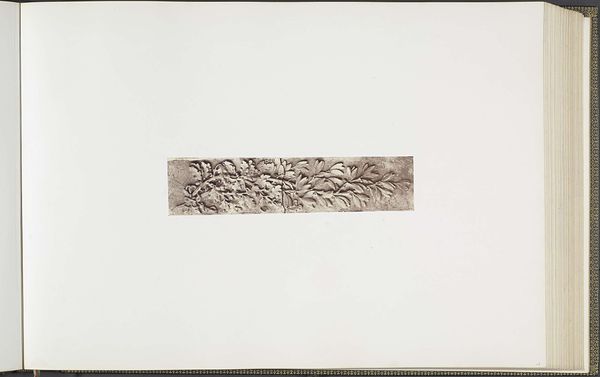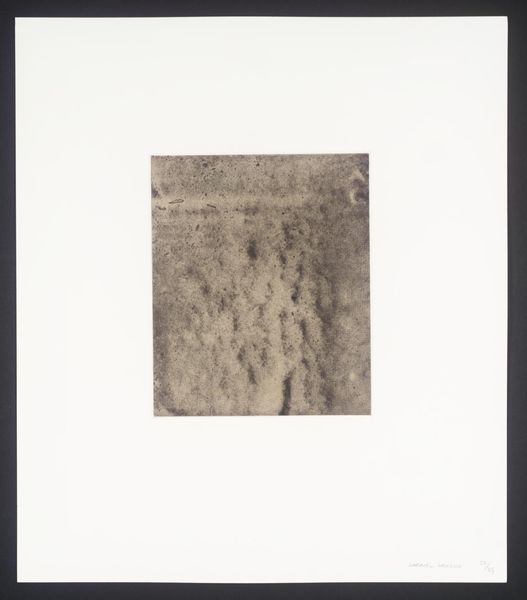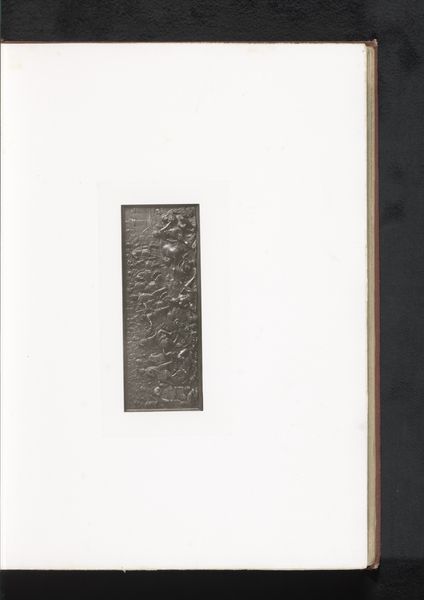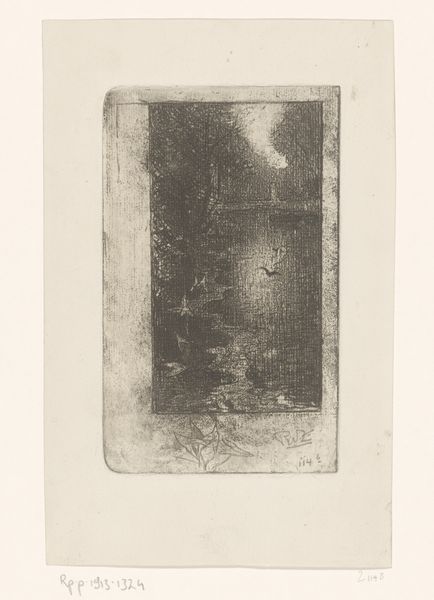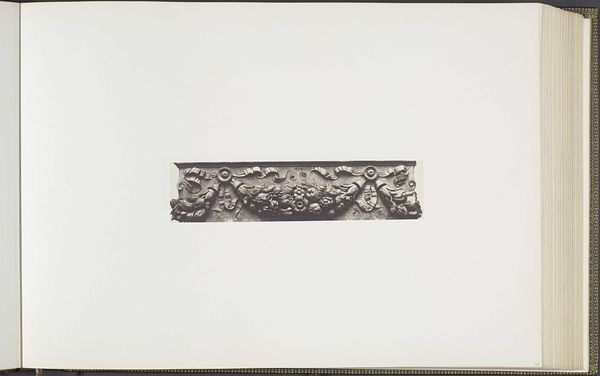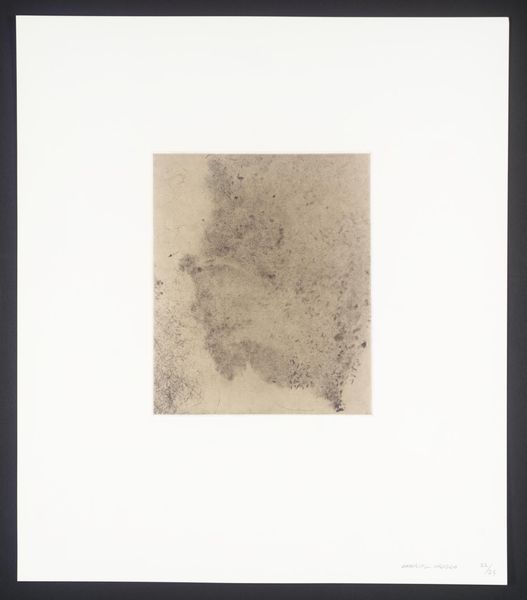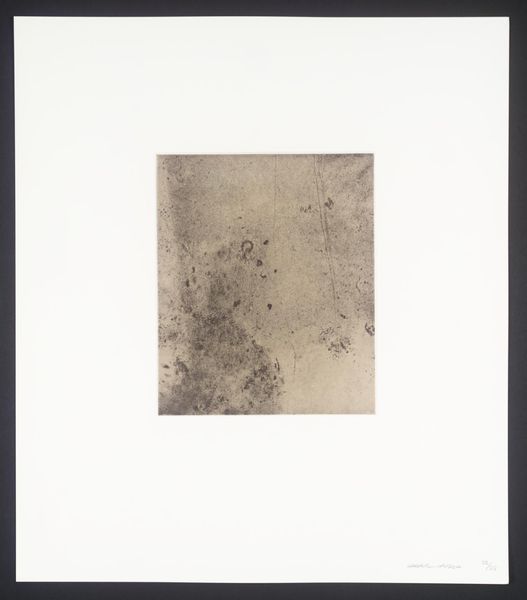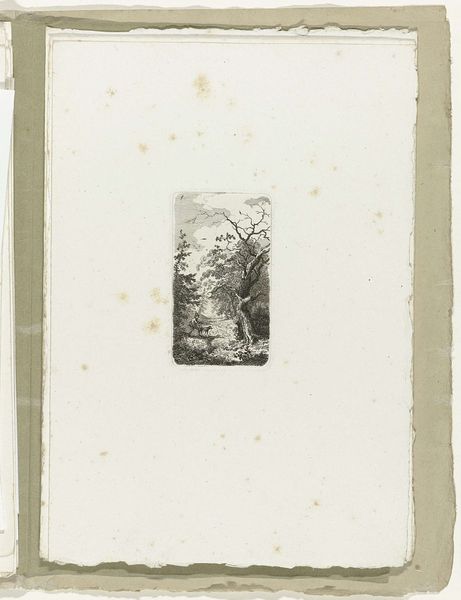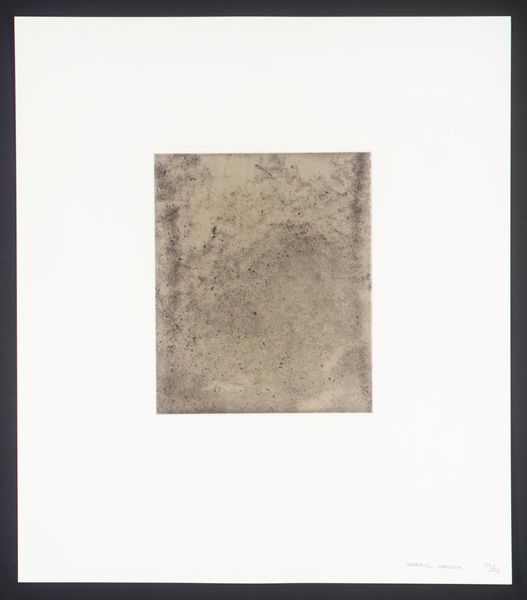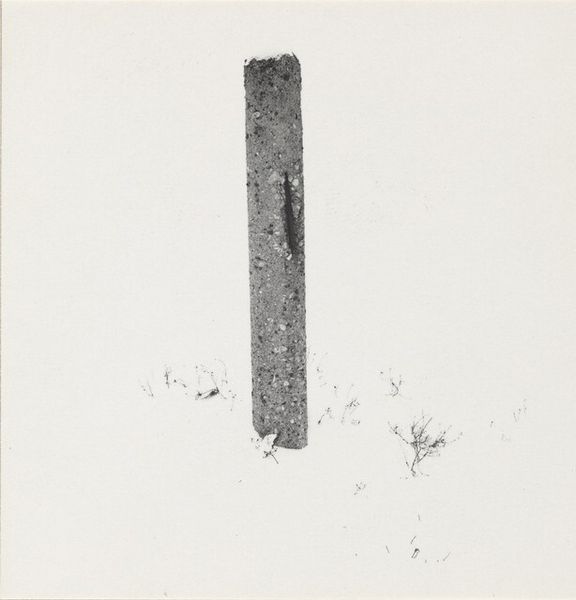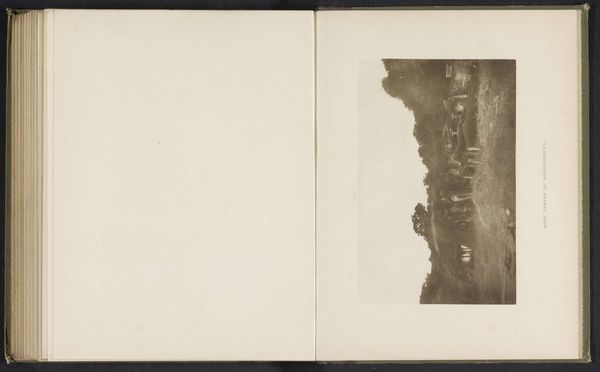
Detail van een gipsmodel voor de versiering van de zolderverdieping van het Pavillon de Turgot c. 1855 - 1857
0:00
0:00
edouardbaldus
Rijksmuseum
relief, sculpture, plaster
#
neoclacissism
#
relief
#
form
#
sculpture
#
plaster
#
decorative-art
Dimensions: height 378 mm, width 556 mm
Copyright: Rijks Museum: Open Domain
Editor: So, this is Edouard Baldus’ “Detail van een gipsmodel voor de versiering van de zolderverdieping van het Pavillon de Turgot,” from around 1855-1857, a plaster relief currently housed at the Rijksmuseum. It’s stunning in its detail – the cascading flowers and fruits seem almost hyperreal. What stands out to you about this work? Curator: What strikes me is the context. Here we have a photograph OF a plaster cast meant for a very specific, elite architectural space. The Pavillon de Turgot was meant to showcase power and wealth through ornamentation steeped in Neoclassical ideals, ideals which are, in themselves, born of power structures that sought to emulate and, in a way, claim legitimacy from the Roman Empire. But what does it mean to *document* this plaster cast, itself a copy or prefiguration? Does the photograph democratize it? Or does it reify the original impulse of exclusivity? Editor: That’s a great point – the tension between documentation and the elite space. The photo creates distance. Do you think Baldus was making a statement with this image? Curator: Potentially. He might have been acutely aware of the rapidly changing social and political landscape. The rise of photography coincided with massive social upheavals. While the plaster cast was meant to reinforce a certain societal order, the photograph subtly subverts it by allowing broader access, albeit through a mediated, documented form. The question, as always, is who is the photograph *for*? How did people from different socio-economic backgrounds experience this image? Editor: So, the plaster cast intended for a very specific space, becomes, in the form of the photo, open for all to admire. Even those the pavilion wasn’t made for. Curator: Precisely! The photograph transforms the artwork's function, questioning the exclusivity that the original Neoclassical design intended. Editor: It’s fascinating how a seemingly simple documentation can carry such complex social and political implications. Curator: Absolutely, it's about peeling back the layers of history, technique, and social context to reveal the underlying narratives.
Comments
No comments
Be the first to comment and join the conversation on the ultimate creative platform.
